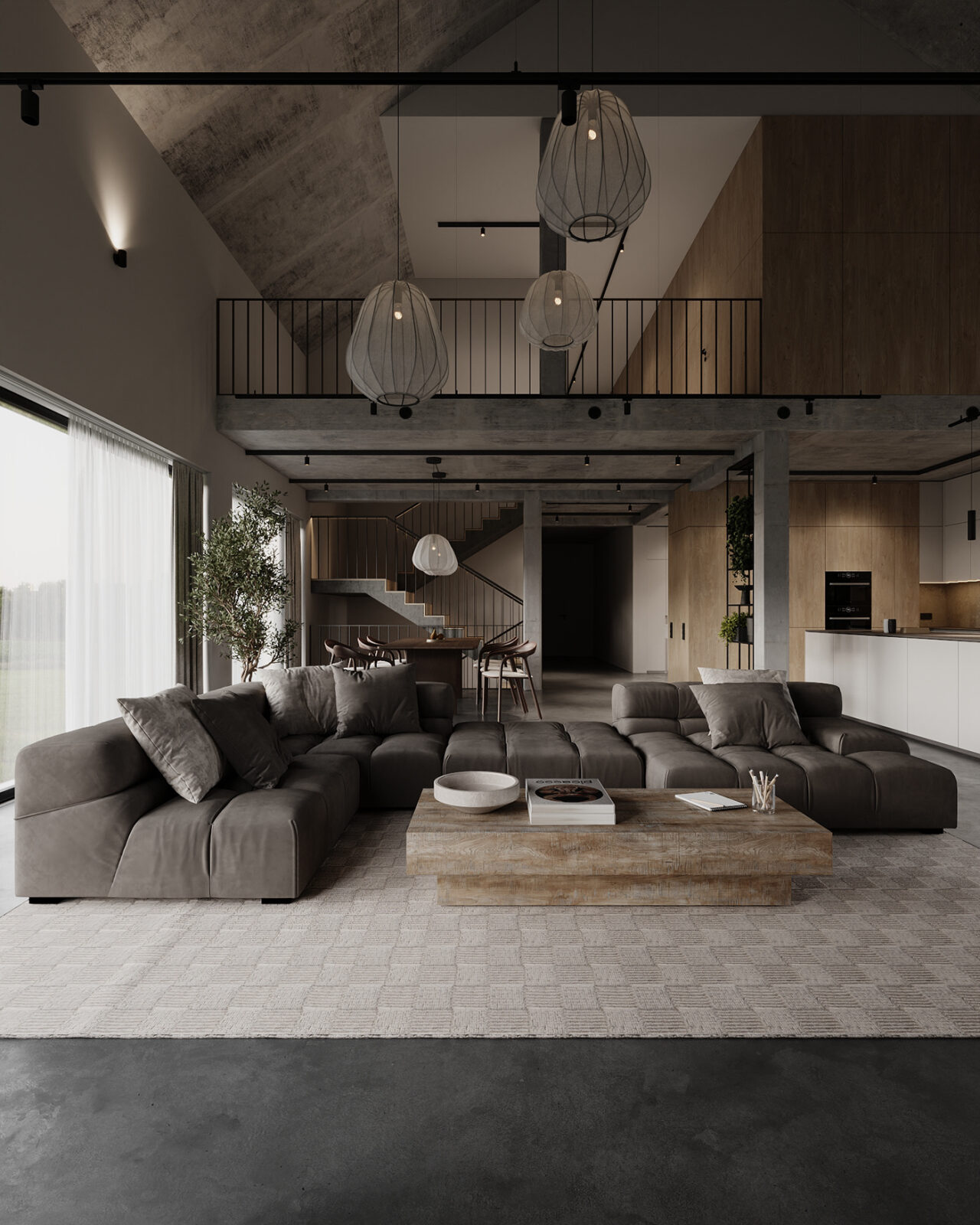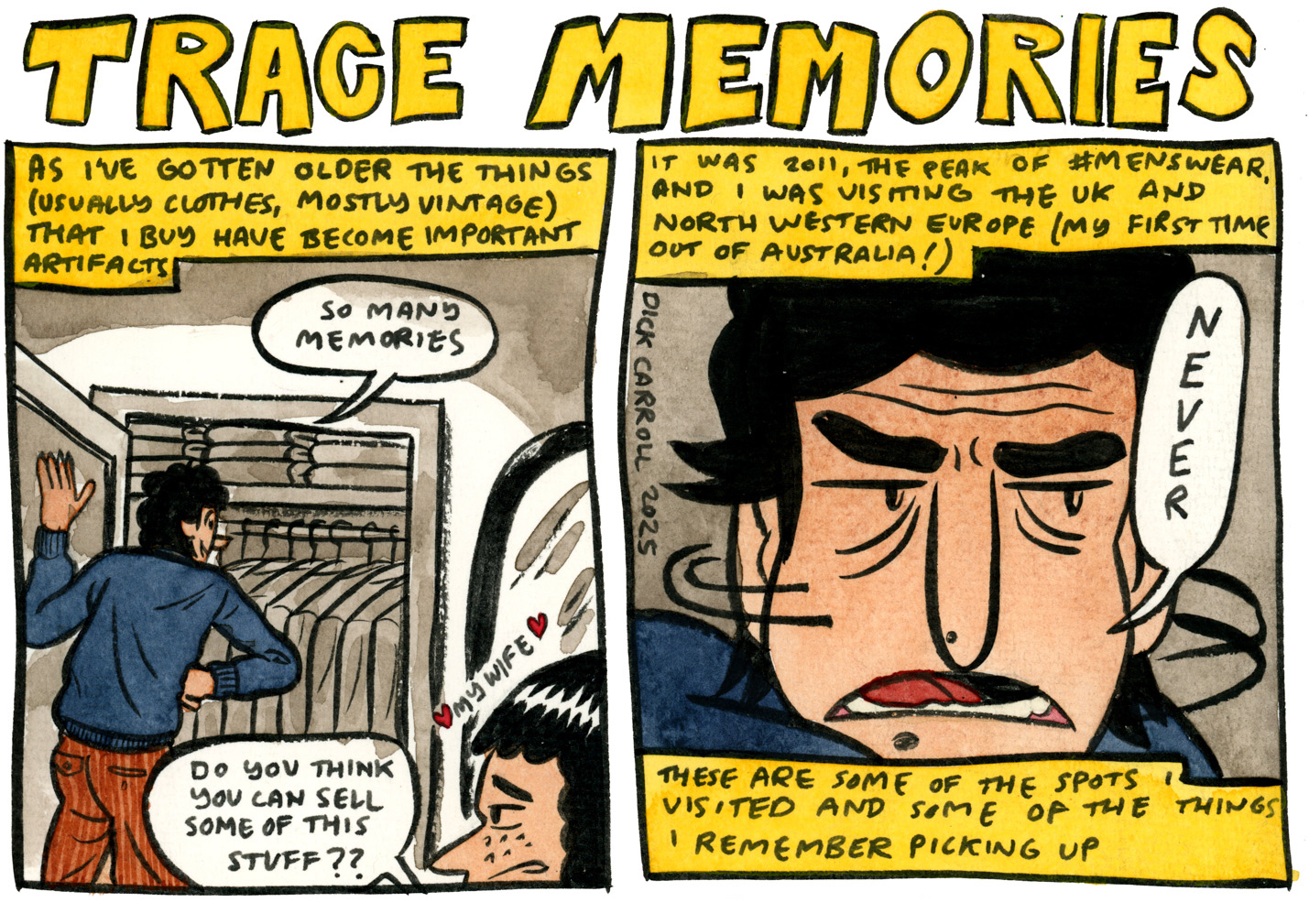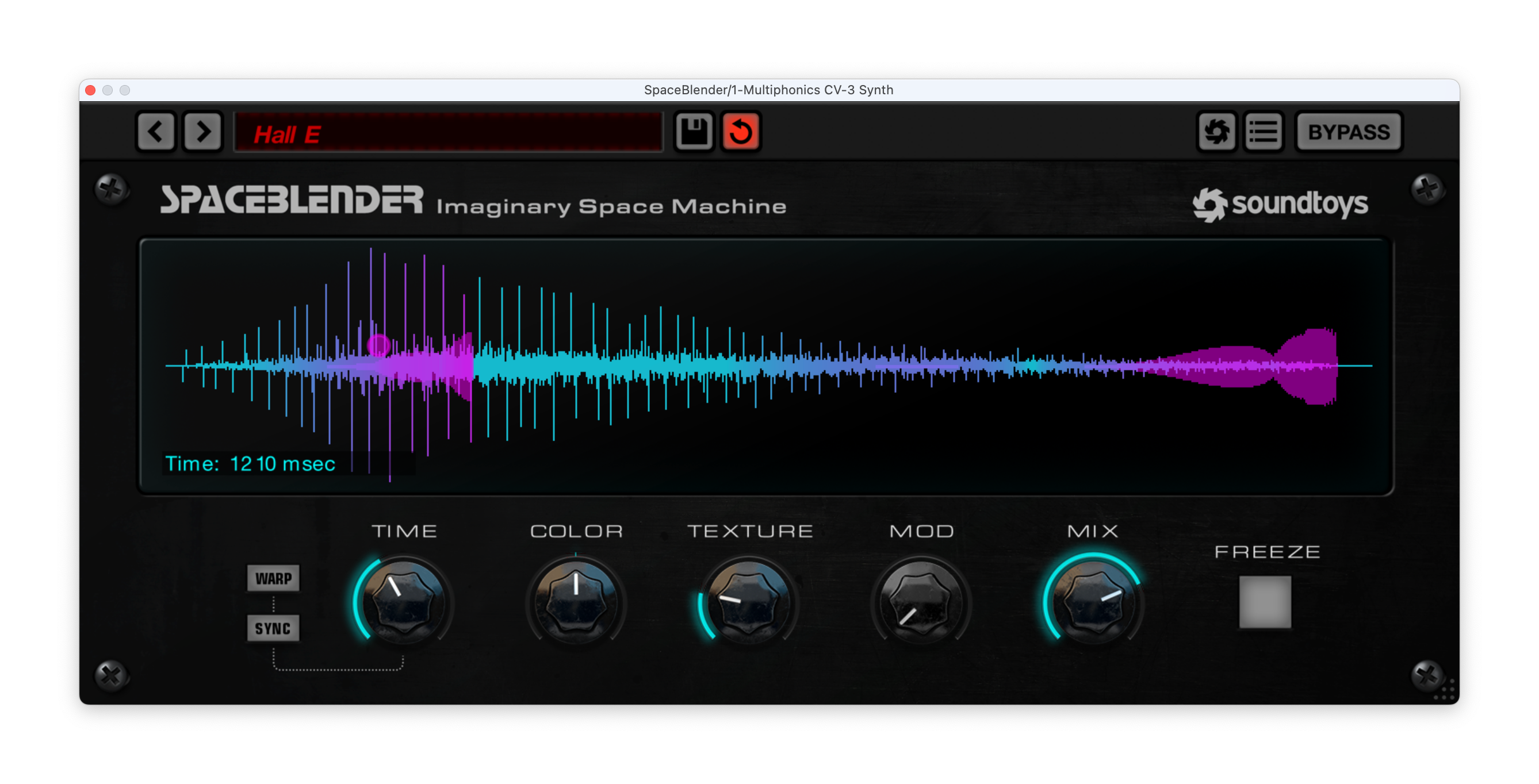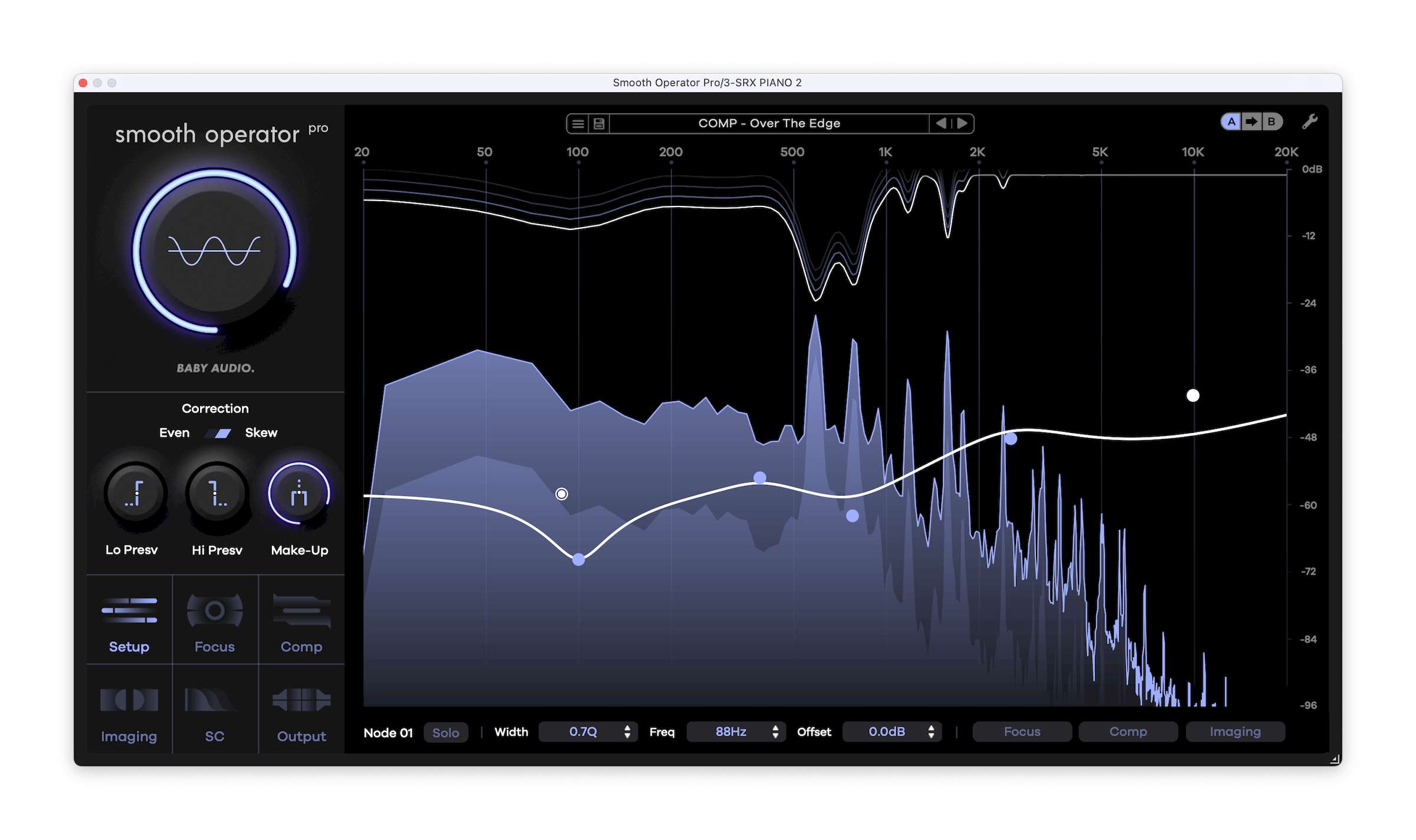‘The Horror at Highrook’ Nails the Cosmic Horror, But Lacks Complexity [Review]
If you’ve followed my writing on this site, you know that I’m not only a big fan of video games, but also a tabletop game aficionado. Board games have always been one of my hobbies, especially ones that manage to elegantly marry themes and mechanics in a clever way. While I’ve tried out many digital adaptations […] The post ‘The Horror at Highrook’ Nails the Cosmic Horror, But Lacks Complexity [Review] appeared first on Bloody Disgusting!.
![‘The Horror at Highrook’ Nails the Cosmic Horror, But Lacks Complexity [Review]](https://bloody-disgusting.com/wp-content/uploads/2024/11/horrorhighrook.jpg)
If you’ve followed my writing on this site, you know that I’m not only a big fan of video games, but also a tabletop game aficionado. Board games have always been one of my hobbies, especially ones that manage to elegantly marry themes and mechanics in a clever way. While I’ve tried out many digital adaptations of popular board games, it’s more rare for me to see video games that are designed to mimic board games in a direct manner. Nullpointer Games’ latest release, The Horror at Highrook, explicitly evokes board game design on every inch of its screen. Inspired by the works of H.P. Lovecraft and Edgar Allen Poe, the game sets your cast of characters loose in the titular mansion, asking you to investigate the disappearance of the home’s family under mysterious circumstances. It’s a classic setup for a game that’s explored in an unconventional way.
At the start of the game, your group of investigators arrives at Highrook and begins going through the notes left behind in the wake of the missing Ackeron Family. You’ve got a doctor, a machinist, a scholar, and a thug, and they all play important parts, both mechanically and narratively. One of the few clues you have to go on is rumors of a mysterious group of possible cultists being in contact with the Ackeron patriarch, so you begin going through the manor, slowly unlocking rooms as you find out more information.

It’s a classic setup, but its presentation is anything but traditional. Instead of walking through Highrook from a third or first person viewpoint, the house is presented like a board game, with each room containing a specific amount of spaces. Characters, resources, and goals are all represented as cards that go on these room spaces, allowing you to perform actions. Each character has a set of stats that dictate what tasks they can do, and each room can be used for tasks of a specific stat. You may need to move the scholar to the library to research a tome, or have the machinist open a crate that arrived at the manor. All this is done in real time, so the clock is always ticking while your actions are in progress.
These tasks will also have a specific level of a stat that you need to meet in order to do it. Initially, you’ll just be able to do it with the character alone, but soon you’ll find tasks that will require additional helper cards to hit the threshold. Some of these cards are single use, while others can be used infinite numbers of times. For example, your doctor may be examining something in the laboratory that’s a little beyond their reach, so the microscope can help her get to the level she needs. As you progress through the game, you’ll be levelling up your characters and items in ways that will allow you to do tasks that previously seemed impossible to reach.

As time marches on, your characters will have to manage different meters that need to be addressed. Injury, fatigue, hunger, and, of course, madness all need to be monitored and fixed if you want your characters to be at peak efficiency. Sometimes these are remedied via simple tasks, like putting your character in the guest room to sleep, while other times you’ll have to do a series of steps to fix the issue. To alleviate hunger, you’ll need to hunt down some meat on the nearby cliff sides, then cook it up in the kitchen before serving the meal in the dining hall. Occasionally, there will be supernatural effects that appear in certain spaces, harming anyone in that room. These intrusions force you to keep track of where everyone is at all times, even when they’re not currently doing tasks.
All these mechanics seem interesting on their face, but they never really meaningfully evolve as the game goes on. Sure, you’re upgrading your characters and items in a way that feels a little satisfying in a number-goes-up kind of way, but ultimately you’re still just figuring out which tasks are most important, then finding the right room and right character to do it. Despite not having an objective tracker, it’s almost always clear what you should be doing at any given moment, it’s just about shuffling the cards around to make it happen. Oftentimes working on important tasks will yield little pieces of a symbol that will need to be assembled in order to unlock the next chapter of the story, but putting it together never really feels super satisfying or revelatory in and of itself.

Aside from your status meters that keep rising, there’s no real penalty for time marching on, making the real-time aspect of the gameplay feel pressureless. The statuses just feel like a time tax more than an actual challenge to overcome, reducing some of the tension I should be feeling. Even the little ghosts that appear mostly can either be dealt with by assigning the right person to the room or just waiting til they disappear. One thing about board games is that it always feels like you’re playing against something, whether that’s another player or against the mechanics of the game itself, but I don’t really get that feeling from The Horror at Highrook. There is some resource management involved in the game which forces you to keep your characters busy by doing repeatable tasks that gather those bonus cards, but it doesn’t really feel like a meaningful decision.
Things wind up feeling pretty mechanical as you are shuffling around cards, but fortunately the story keeps you engaged throughout. As you complete tasks, you’ll learn more about the people who have passed through the halls of Highrook. Research notes, journal entries, correspondence, and even spectral messages all tell the tale with so much Lovecraftian flavor. You get a really good sense of each of your characters as they respond to each new piece of information, adding a sense of narrative efficiency to the game. If you’re familiar with the authors that inspired the game, the story might not be entirely surprising, but everything plays out in an extremely satisfying manner by the end.

To flesh out the story even more, you’ll eventually be given a side quest for each character that you can work on during the progress of the main story. These are presented in the exact same way as the rest of the objectives, but it gives you something to do when a specific character may have some downtime. I liked the extra layers these stories added to the narrative overall, and completing each one adds a little character coda at the end of the game that brings their arc to a nice conclusion. Still, I wish there was a bit more variation in the gameplay of these, as sometimes I would grab the little task card and not even realize it was a side quest task until after completing it.
While most of the game is extremely linear both mechanically and narratively, there is a choice at the end of the game that felt narratively satisfying, rewarding me for my investment in the characters and using the core mechanics of the game to do so. While it really did impress me, it also made me wish that they found ways to do this more throughout the seven hour runtime.

The presentation of The Horror at Highrook, despite being conceptually simple, is top notch. The board itself is fairly basic, but the character portraits are extremely evocative, with a Darkest Dungeon-esque art style. There are some really great visual effects that pop up as things get weird, and the music creates an appropriately spooky mood. Everything about it oozes a gothic aura, which helps keep it interesting even when the gameplay starts feeling a little rote.
I really like what The Horror at Highrook was going for, but ultimately it never reached the levels of complexity needed for a satisfying board game experience. While there was a nice casually compelling feeling to moving the cards around into their correct place and completing tasks, I never felt like there were any consequences for my choices aside from things taking more time, which was not a limited resource in the game. I never got that feeling of figuring out a clever synergy between two cards, and none of the mechanics really evolved in a meaningful way. Most of the time, it felt like I was just shuffling cards to the only place that made sense for them to be until I got the next little piece of the story. Thankfully the narrative and atmosphere do a lot of work to keep you motivated, and it all comes to a solid conclusion. It’s not the most mechanically interesting game, but if you’re hungry for a Lovecraftian story that’s told in a unique manner, you could do worse than The Horror at Highrook.

Code provided by publisher. The Horror at Highrook is available today on Steam.
The post ‘The Horror at Highrook’ Nails the Cosmic Horror, But Lacks Complexity [Review] appeared first on Bloody Disgusting!.




![‘Dangerous Animals’ Director Sean Byrne Used Real Sharks and Praises Jai Courtney’s Serial Killer Turn [Exclusive]](https://bloody-disgusting.com/wp-content/uploads/2025/04/Dangerous-Animals-scaled.jpg)
![Check Into Shudder’s ‘Hell Motel’ from the Creators of ‘Slasher’ [Trailer]](https://i0.wp.com/bloody-disgusting.com/wp-content/uploads/2025/05/hellmotel-still.jpg?fit=1280%2C720&ssl=1)



































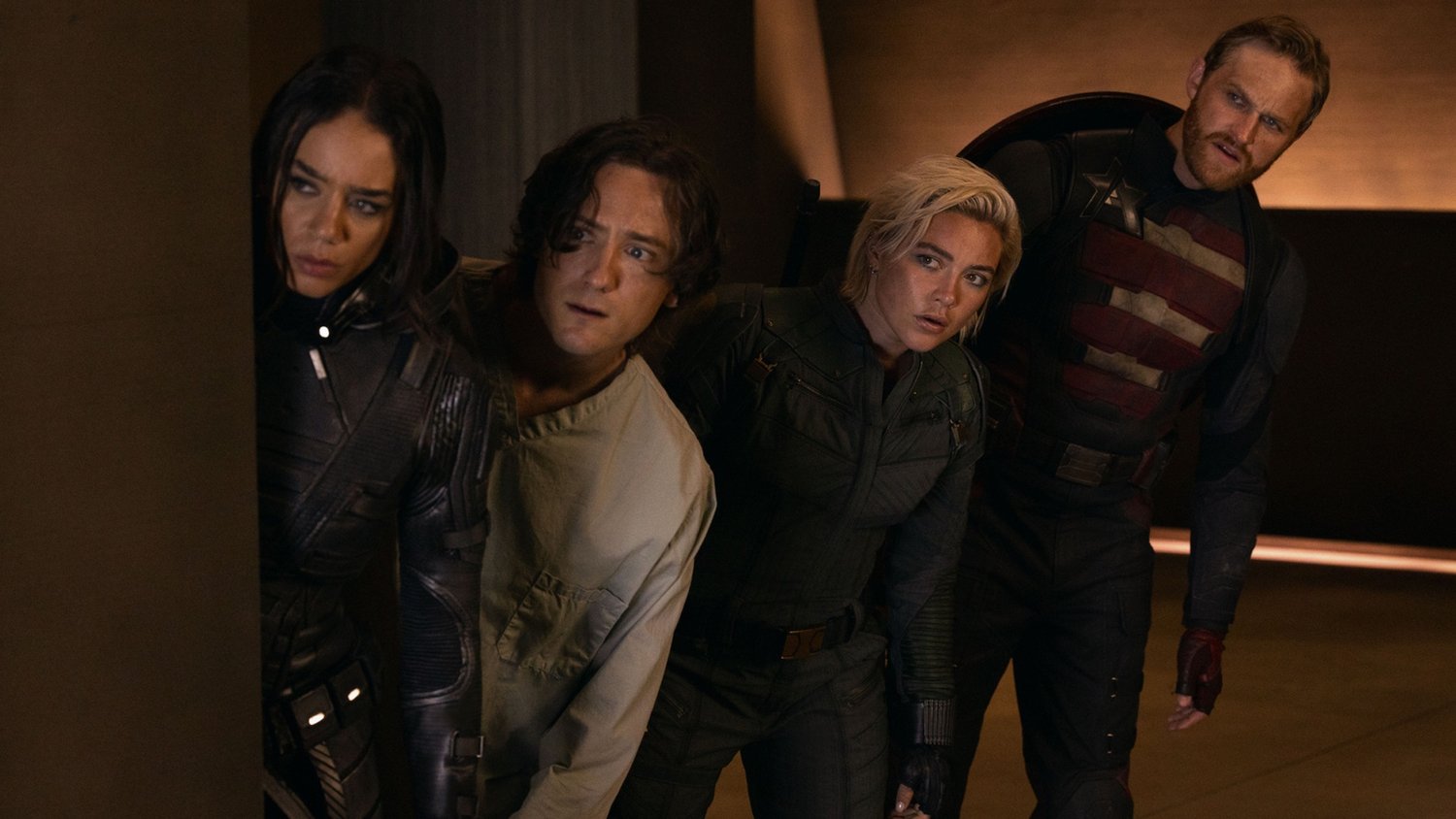
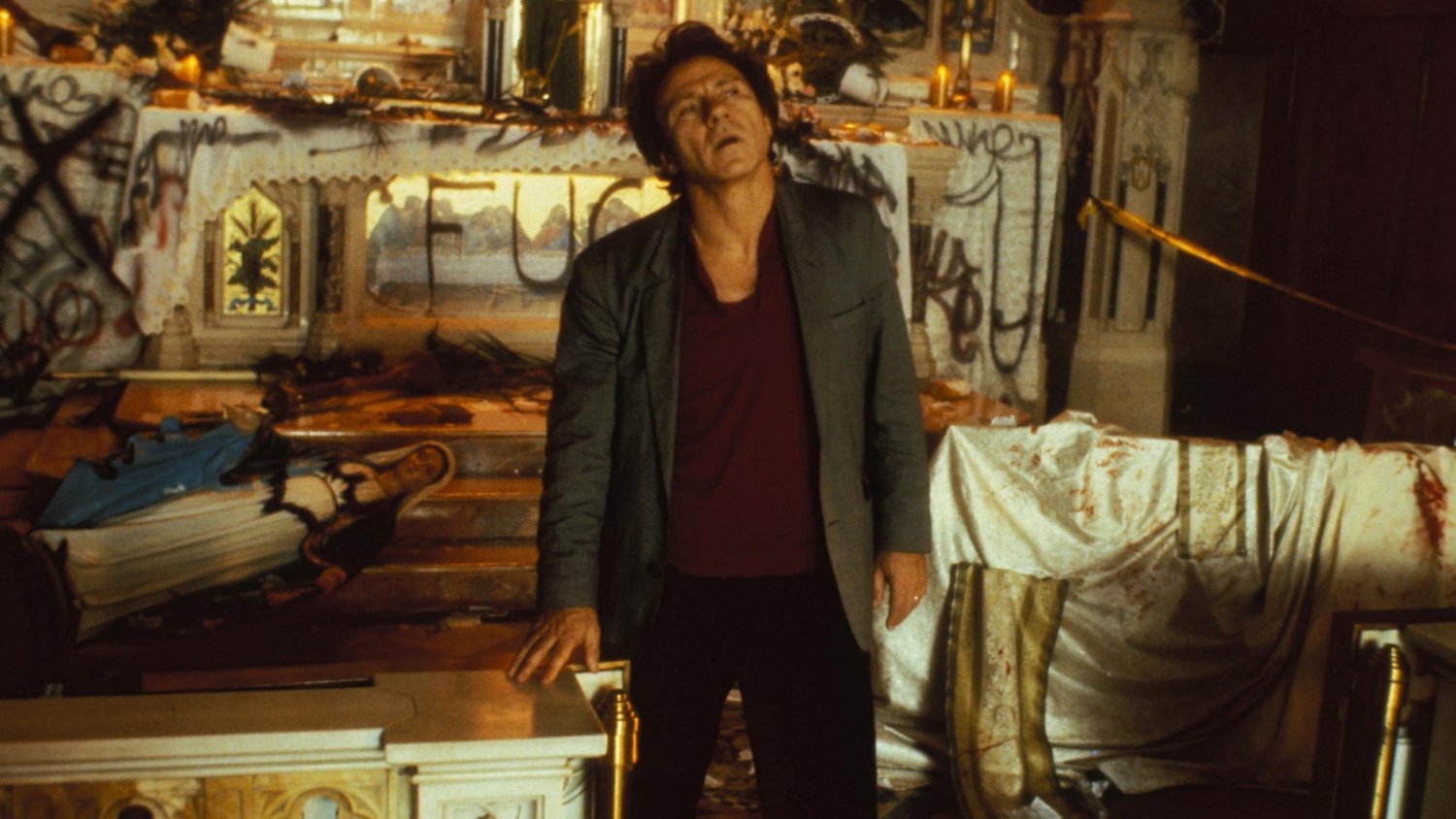











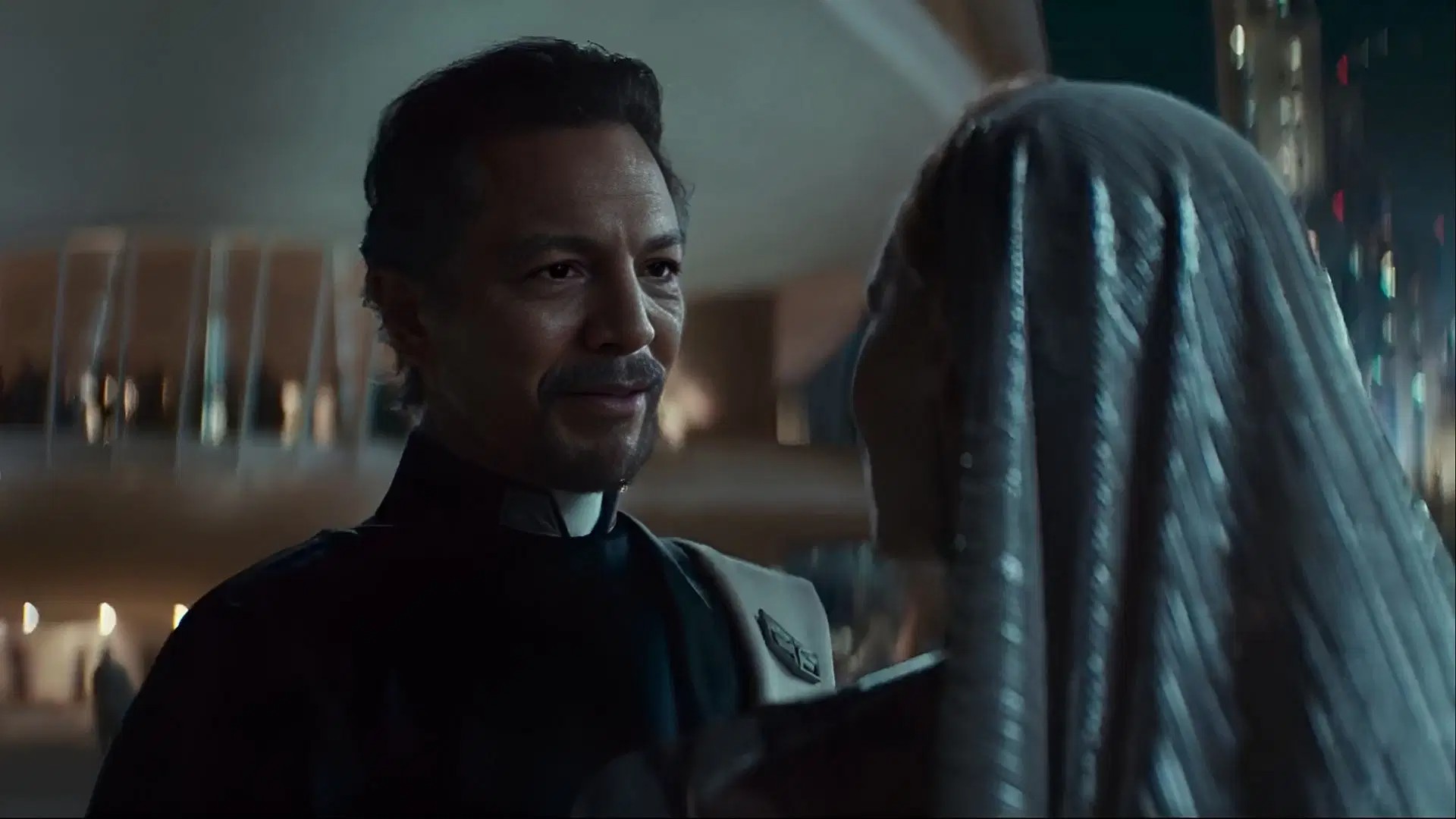




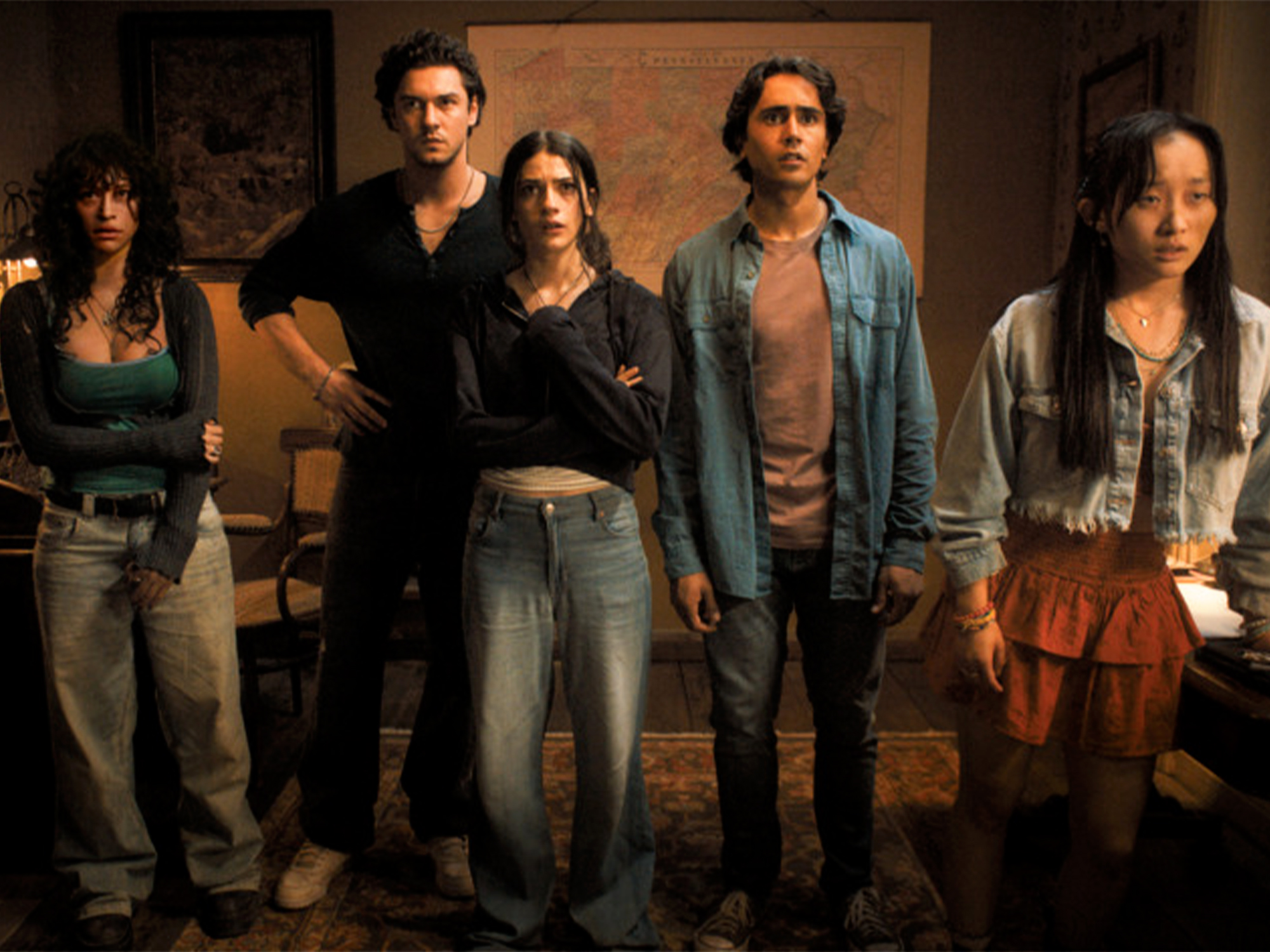









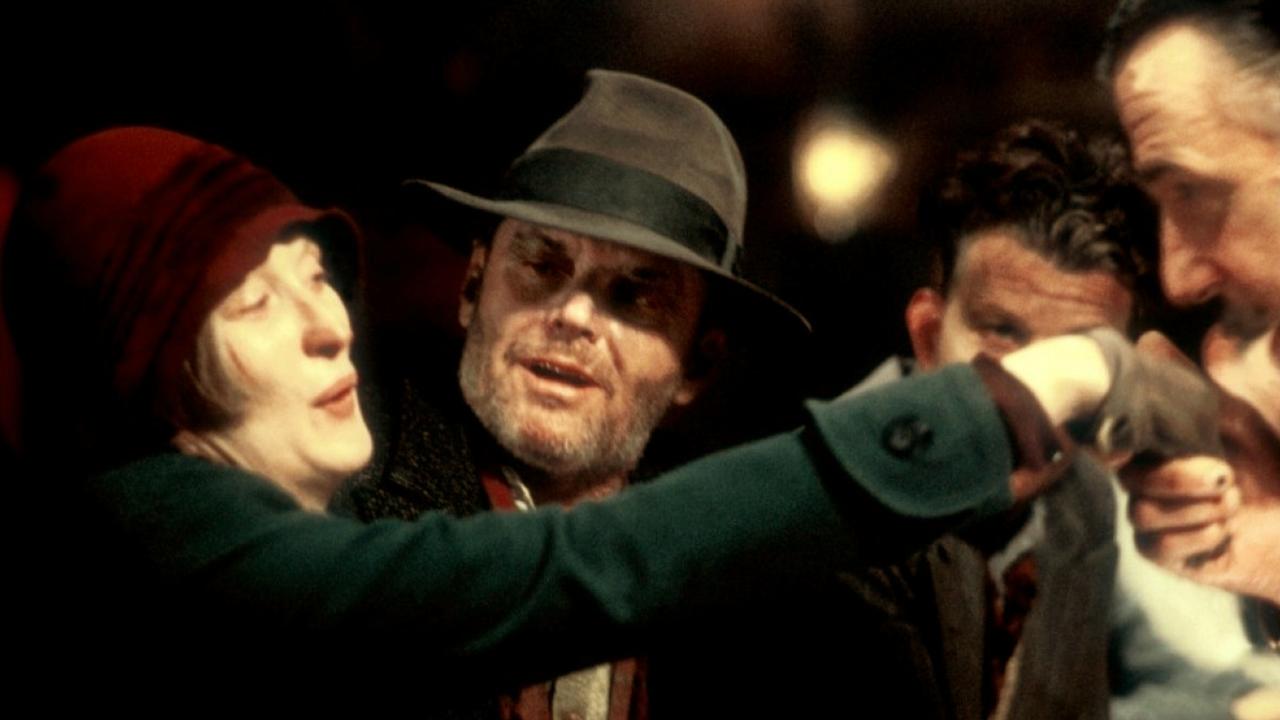










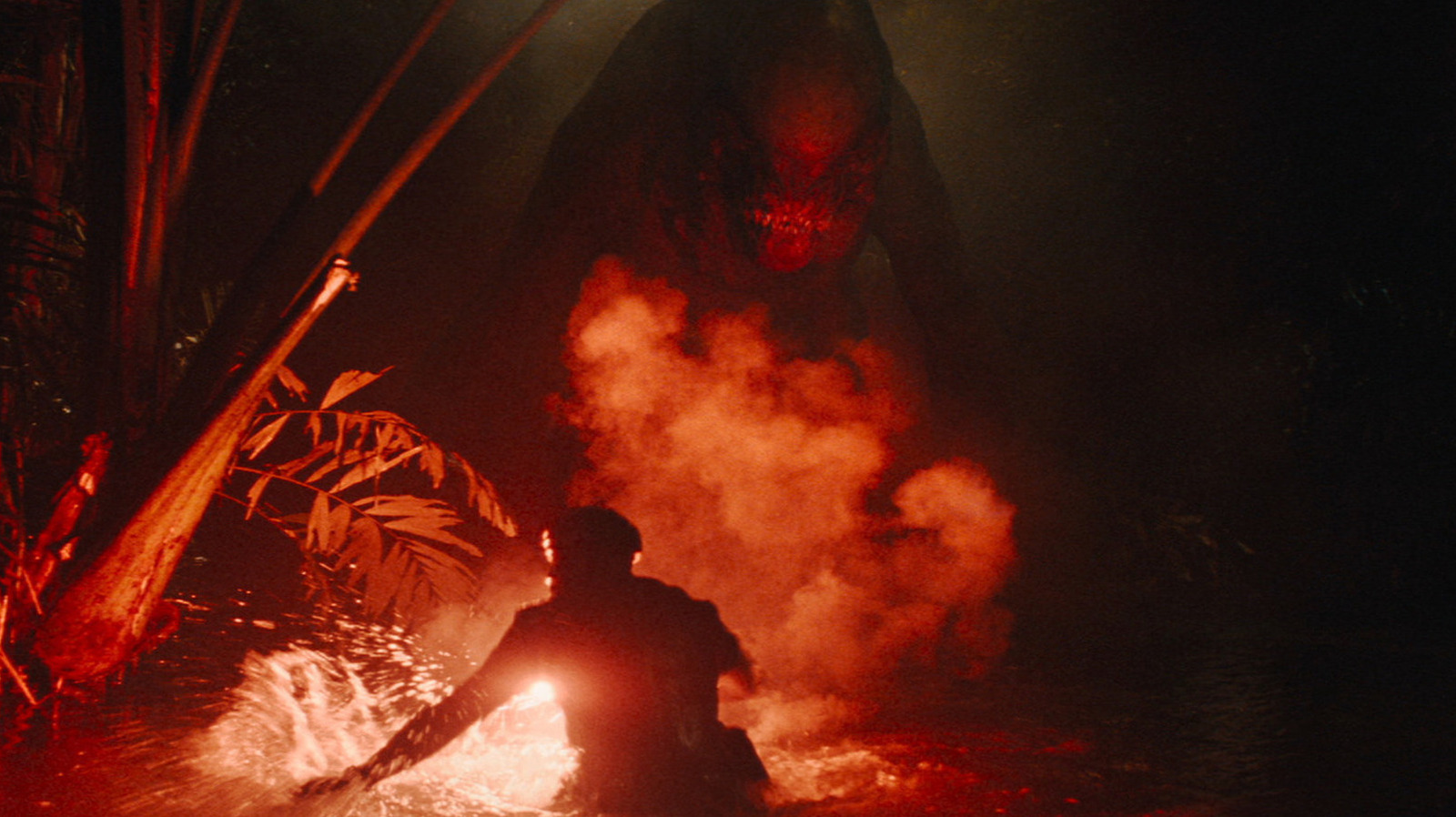

![Marvel Preview: A Deadpool And Wolverine Villain Gets Her Own Team In X-Men #16 [Exclusive]](https://www.slashfilm.com/img/gallery/marvel-preview-a-deadpool-and-wolverine-villain-gets-her-own-team-in-x-men-16-exclusive/l-intro-1746064020.jpg?#)





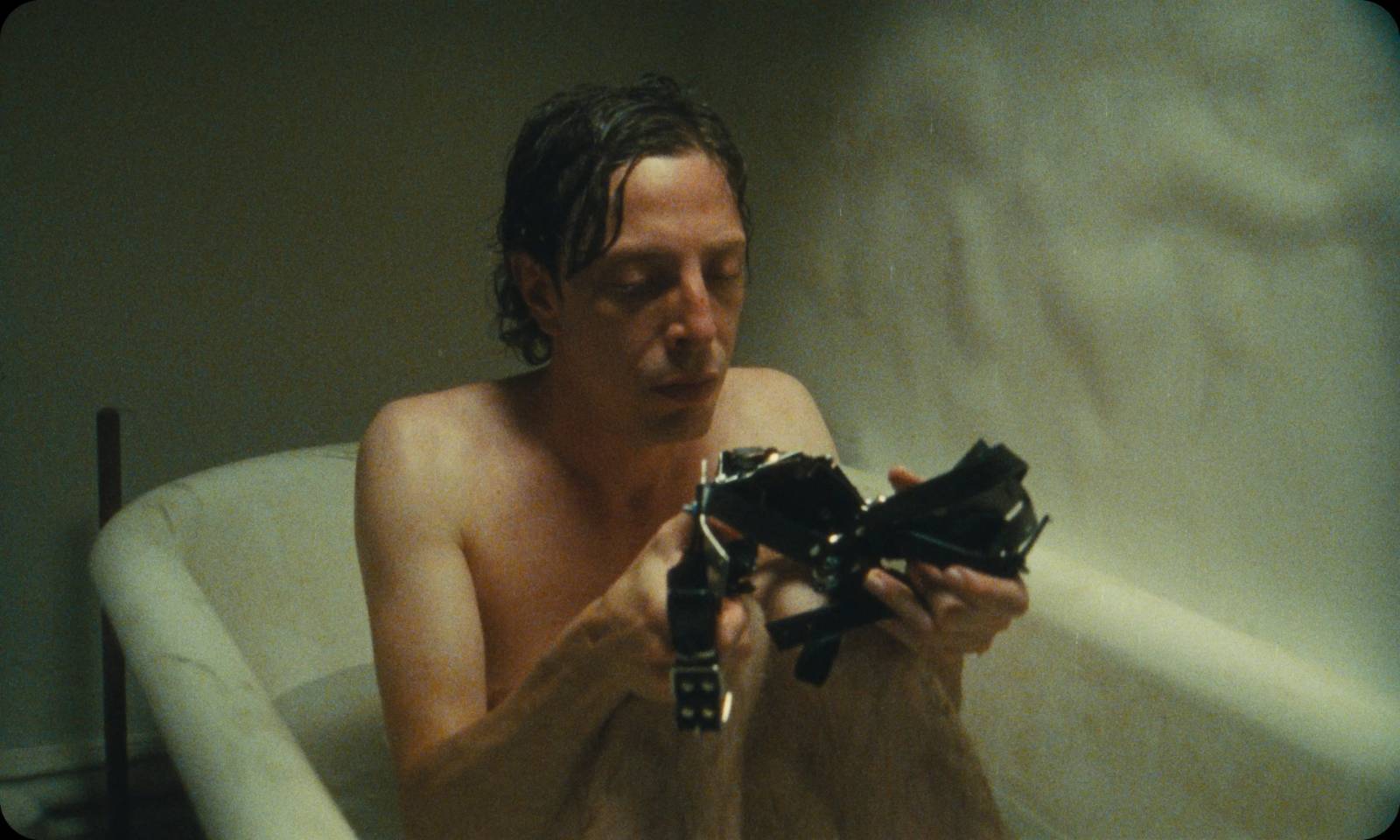



















































































































![Southwest’s Free Wi-Fi Trial Could Backfire—Here’s Why [Roundup]](https://viewfromthewing.com/wp-content/uploads/2025/04/southwest-airlines-jet.jpeg?#)






























































































































































